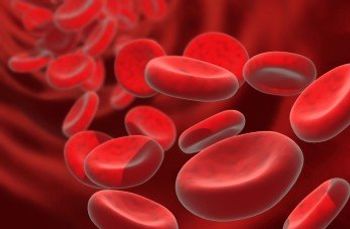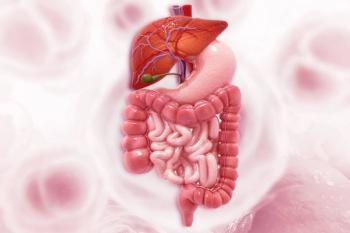
Increasing Clinician Awareness of PIPAC May Help Increase Its Use
Those being treated for peritoneal carcinomatosis may not have to experience the complication rates or prolonged recovery associated with surgical options.
Patients undergoing treatment for peritoneal carcinomatosis might have options beyond systemic chemotherapy, palliative care, or physiologically taxing surgical procedures, according to Benjamin J. Golas, MD.
In a conversation with CancerNetwork®, Golas, chief of surgical oncology of the Central Region and gastrointestinal oncologist at Hackensack Meridian Health, discussed key takeaways regarding treatment for peritoneal carcinomatosis.
He initially emphasized the presence of options for patients with advanced disease, highlighting a growth from a historical paradigm that gave patients a choice between standard systemic chemotherapy or palliative care. Despite the emergence of surgical options, which included cytoreductive surgery and hyperthermic intraperitoneal chemotherapy (HIPEC), he suggested that these procedures may show potential detriments and be prone to complications and long recovery times.
He further identified pressurized intraperitoneal aerosolized chemotherapy (PIPAC) as a new treatment that, when added to systemic chemotherapy as a bimodal approach, could help treat patients with peritoneal disease. He expressed that physicians treating these patients should have an awareness of this approach and that development is ongoing to ascertain its full utility. He concluded by reiterating PIPAC’s emergence as an option, noting that clinical trials evaluating this modality have a long way to go but that referrals to centers that specialize in this procedure will be critical in helping to treat patients with peritoneal carcinomatosis.
Transcript:
For patients with peritoneal carcinosis, the most important thing is that we have options beyond standard systemic chemotherapy. Classically, these patients with peritoneal carcinomatosis––obviously, this is stage IV disease; this is advanced disease. Historically, patients are either offered systemic chemotherapy or no treatment at all and just palliative measures. The reality is that in the era that we’re in, we certainly have surgical options in medically fit and appropriate patients, but cytoreductive surgery with hyperthermic intraperitoneal chemotherapy is a huge hammer. It’s like it’s a giant insult to the patient, and it can certainly interrupt their care, [and] it can certainly be detrimental. It’s prone to complications and to prolonged recovery.
PIPAC is a new treatment and a potential option that doesn’t replace systemic chemotherapy, but it can work in conjunction with systemic chemotherapy. We can offer this bimodal approach where we’re directly treating the peritoneal disease and offering [intravenous] chemotherapy. I would say for physicians treating patients with peritoneal carcinomatosis, it’s [important] to know that this exists, to realize that not every patient is going to be a candidate for this and we’re still learning its utility. Referral to surgeons who do PIPAC and HIPEC is always useful.
We have things that we may be able to offer that they have not thought of. Realizing there’s a relatively new technology in the US—it’s probably only offered at about a dozen sites in the US—and just getting the word out that this is now an option for patients with peritoneal disease is probably the No. 1 most important thing. We clearly have a long way to go in terms of clinical trials and learning what the best ways are to use this. But I certainly think there are patients out there who will benefit from that. Referral to a center that focuses and has expertise in PIPAC for patients with peritoneal carcinomatosis is critical.
Newsletter
Stay up to date on recent advances in the multidisciplinary approach to cancer.































































































